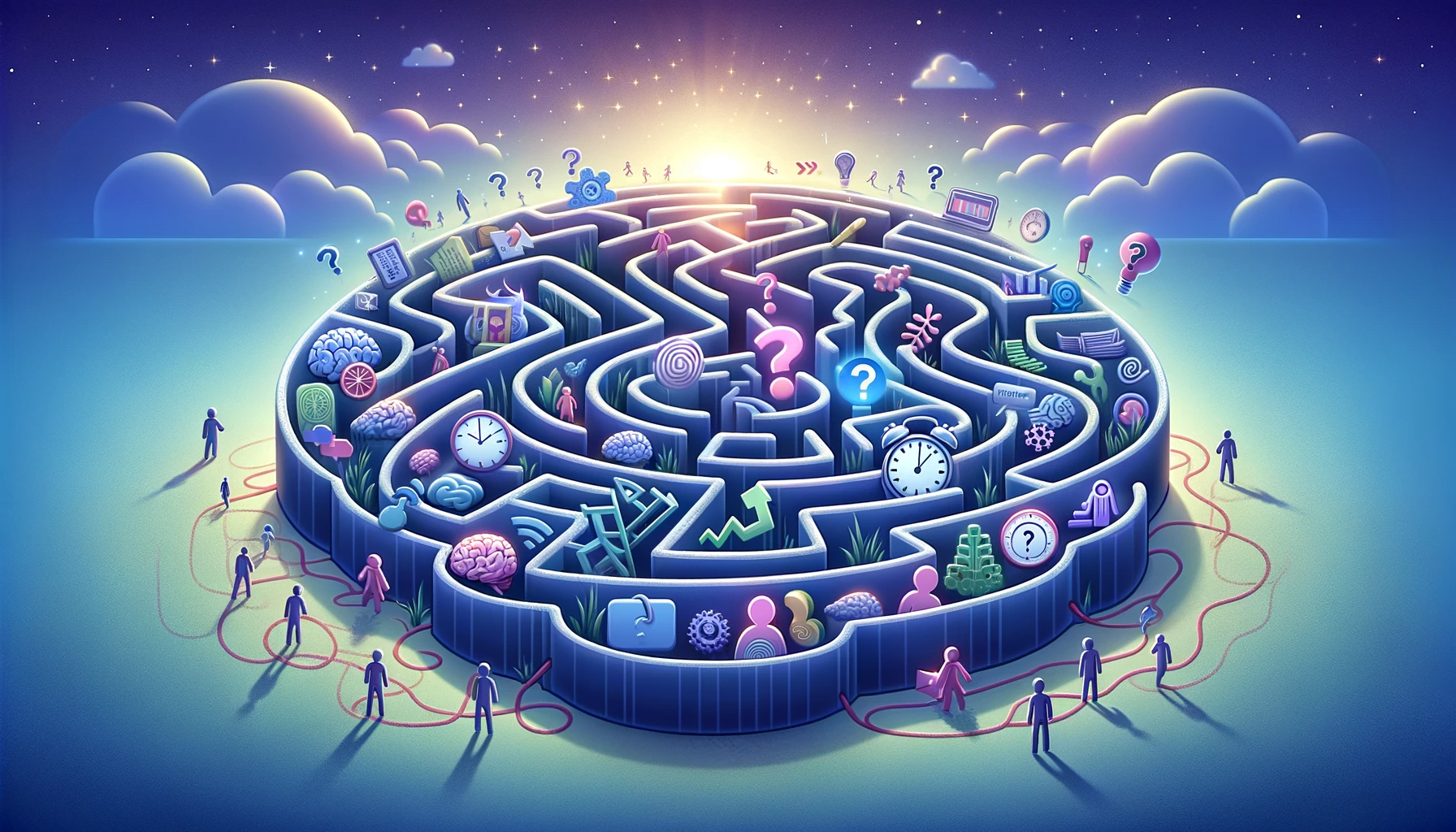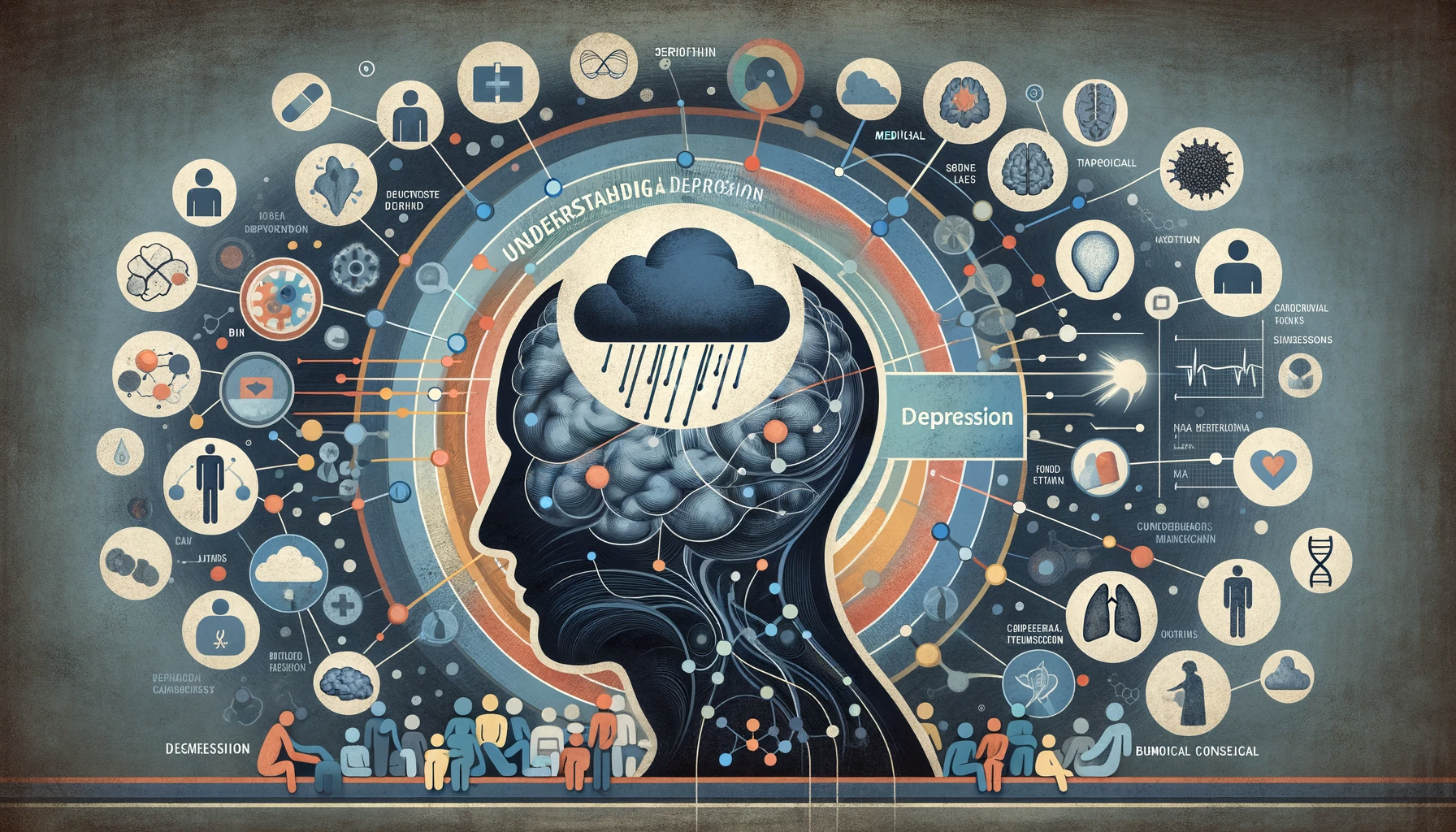Introduction:
Anxiety disorders stand as some of the most prevalent mental health conditions globally, affecting millions of lives every year. Characterized by excessive fear, worry, and a host of physical symptoms, they can significantly impact an individual’s daily life and well-being. This article aims to shed light on the various types of anxiety disorders, their symptoms, causes, and treatment options available, offering insights into managing and overcoming these challenging conditions.
Understanding Anxiety Disorders:
Anxiety disorders go beyond temporary worry or fear. For a person with an anxiety disorder, the anxiety does not go away and can get worse over time. The feelings can interfere with daily activities such as job performance, schoolwork, and relationships. There are several types of anxiety disorders, including generalized anxiety disorder, panic disorder, and various phobia-related disorders.
Types of Anxiety Disorders:
- Generalized Anxiety Disorder (GAD): Characterized by chronic anxiety, exaggerated worry, and tension, even when there is little or nothing to provoke it.
- Panic Disorder: Involves recurrent, unexpected panic attacks and an intense fear of when the next attack will happen.
- Phobia-related Disorders: A persistent fear of or excessive avoidance of specific objects, places, or situations. The fears are recognized as irrational but challenging to overcome.
Symptoms of Anxiety Disorders:
While each type of anxiety disorder has unique characteristics, they share some general symptoms, including:
- Persistent worry or anxiety about a number of areas that are out of proportion to the impact of the events
- Overthinking plans and solutions to all possible worst-case outcomes
- Perceiving situations and events as threatening, even when they aren’t
- Difficulty handling uncertainty
- Indecisiveness and fear of making the wrong decision
- Inability to set aside or let go of a worry
- Restlessness and a feeling of being “on-edge” or nervous
- Physical symptoms such as insomnia, digestive and bowel problems, headaches, and muscle tension
Causes of Anxiety Disorders:
The exact cause of anxiety disorders is not fully understood, but they are thought to be a combination of genetic, environmental, psychological, and developmental factors. Anxiety disorders can sometimes run in families, suggesting that a combination of genes and environmental stresses can produce the disorders.
Treatment and Management:
Effective treatment strategies are available for anxiety disorders and often involve a combination of therapy, medication, and self-help strategies. Some common treatments include:
- Psychotherapy: This involves working with a therapist to reduce anxiety symptoms. Cognitive-behavioral therapy (CBT) is one of the most effective forms of psychotherapy for anxiety disorders.
- Medications: Medications, including antidepressants, anti-anxiety drugs, and beta-blockers, are often used in conjunction with therapy to treat anxiety disorders.
- Lifestyle Changes and Coping Strategies: Including stress management techniques, regular physical exercise, sufficient sleep, and a healthy diet can significantly reduce the symptoms of anxiety.
The Importance of Seeking Help:
Recognizing and seeking help for anxiety disorders is crucial. Left untreated, anxiety disorders can restrict an individual’s ability to lead a fulfilling life. Seeking professional help is a sign of strength and the first step towards recovery. It’s also important for family and friends to be supportive and understanding of those suffering from anxiety disorders.
Conclusion:
Anxiety disorders are a group of mental health conditions that require attention and treatment. Understanding the types, symptoms, and treatment options available is crucial for individuals and families affected by these disorders. With the right care and support, people with anxiety disorders can manage their symptoms and lead healthy, productive lives. If you or someone you know is struggling with an anxiety disorder, it’s important to seek professional help and explore the treatment options available.









